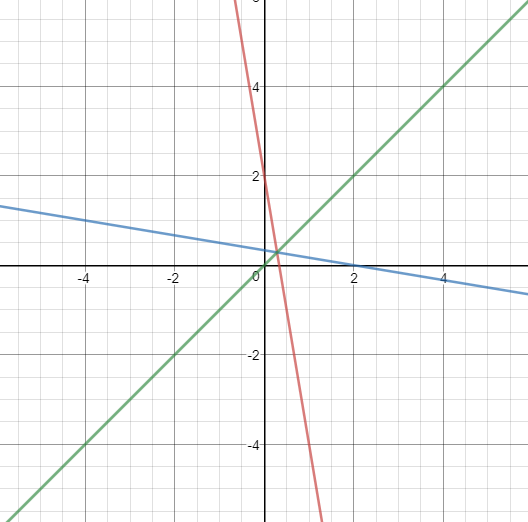Question #af298
2 Answers
Function f(x) takes the input value of x, multiplies it by
The inverse function reverses this. Take the input value, subtract 2 from it, then divide by -6
Or,
You should always verify with some example input values.
Say, x = 2:
So, you get back the original input value you put in for f(x).
Try it with some additional values to be sure.
Try with some negative values:
Explanation:
To find the inverse of
#y = -6x+2#
#x = -6y + 2# #-># switch the variables
#x - 2 = -6y#
#y = -(x-2)/6#
#y = - 1/6 x + 2/6#
#y = - 1/6 x + 1/3#
So,
We can verify this by graphing the function and its inverse;

It's clear to see that


